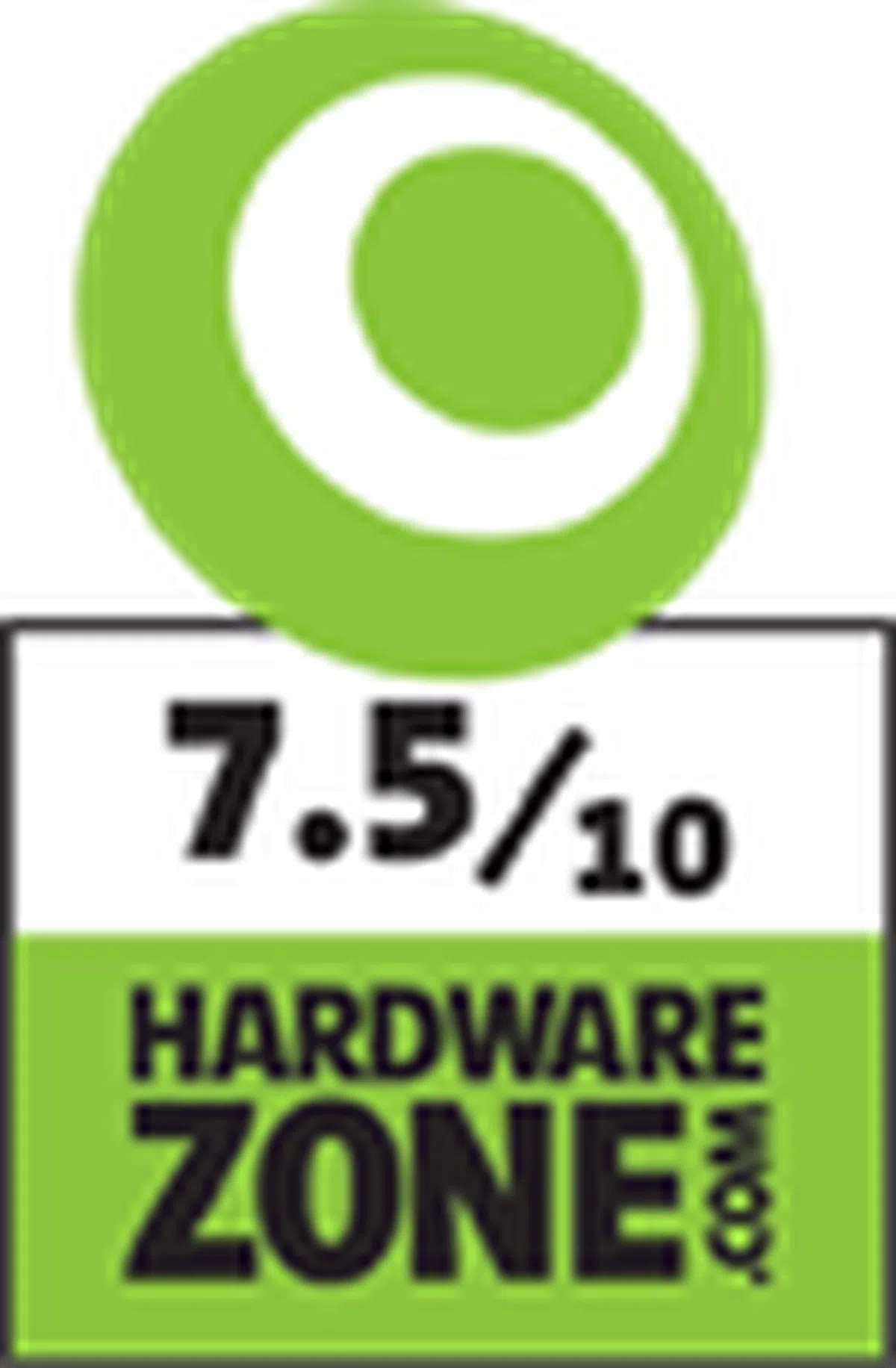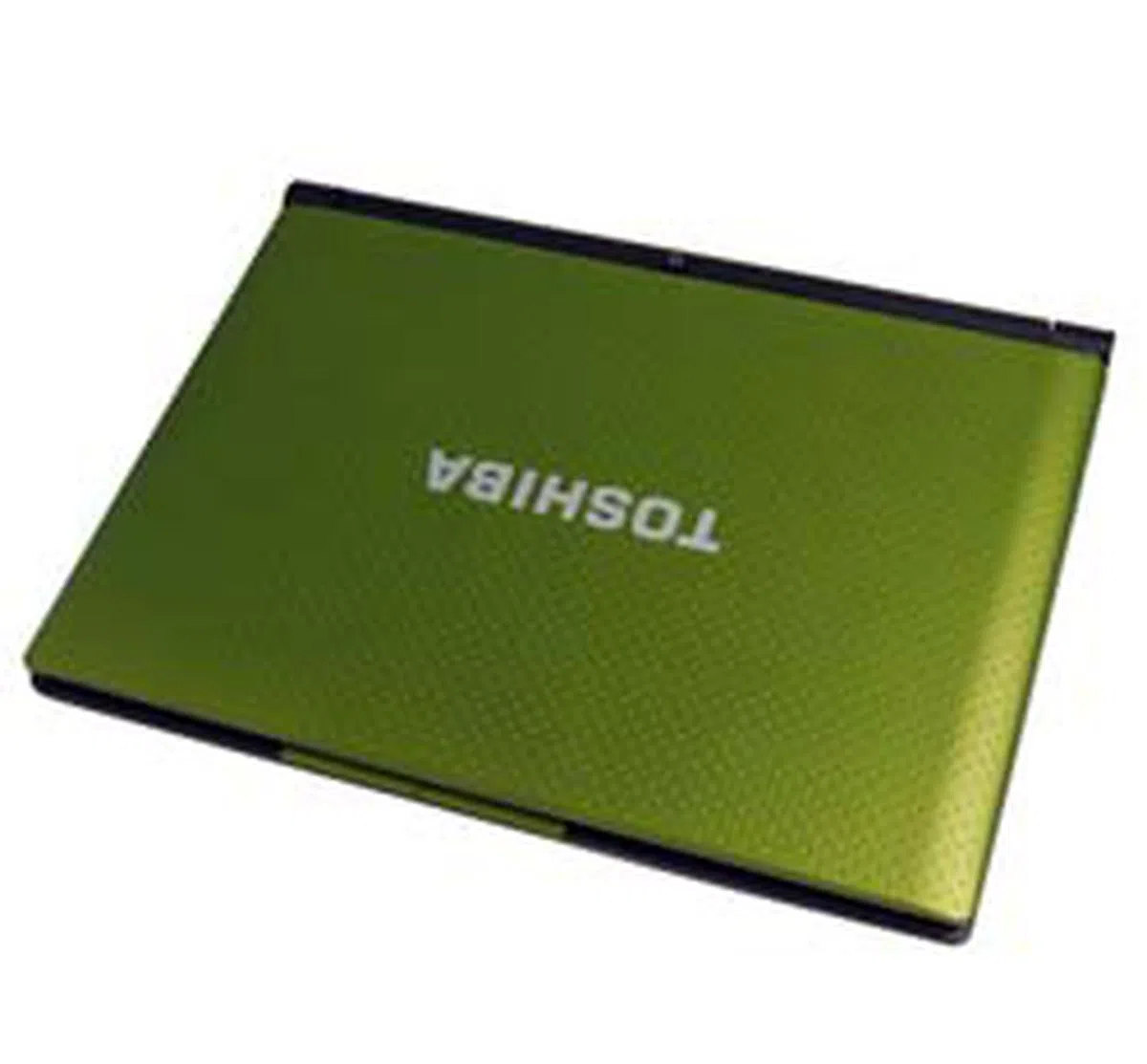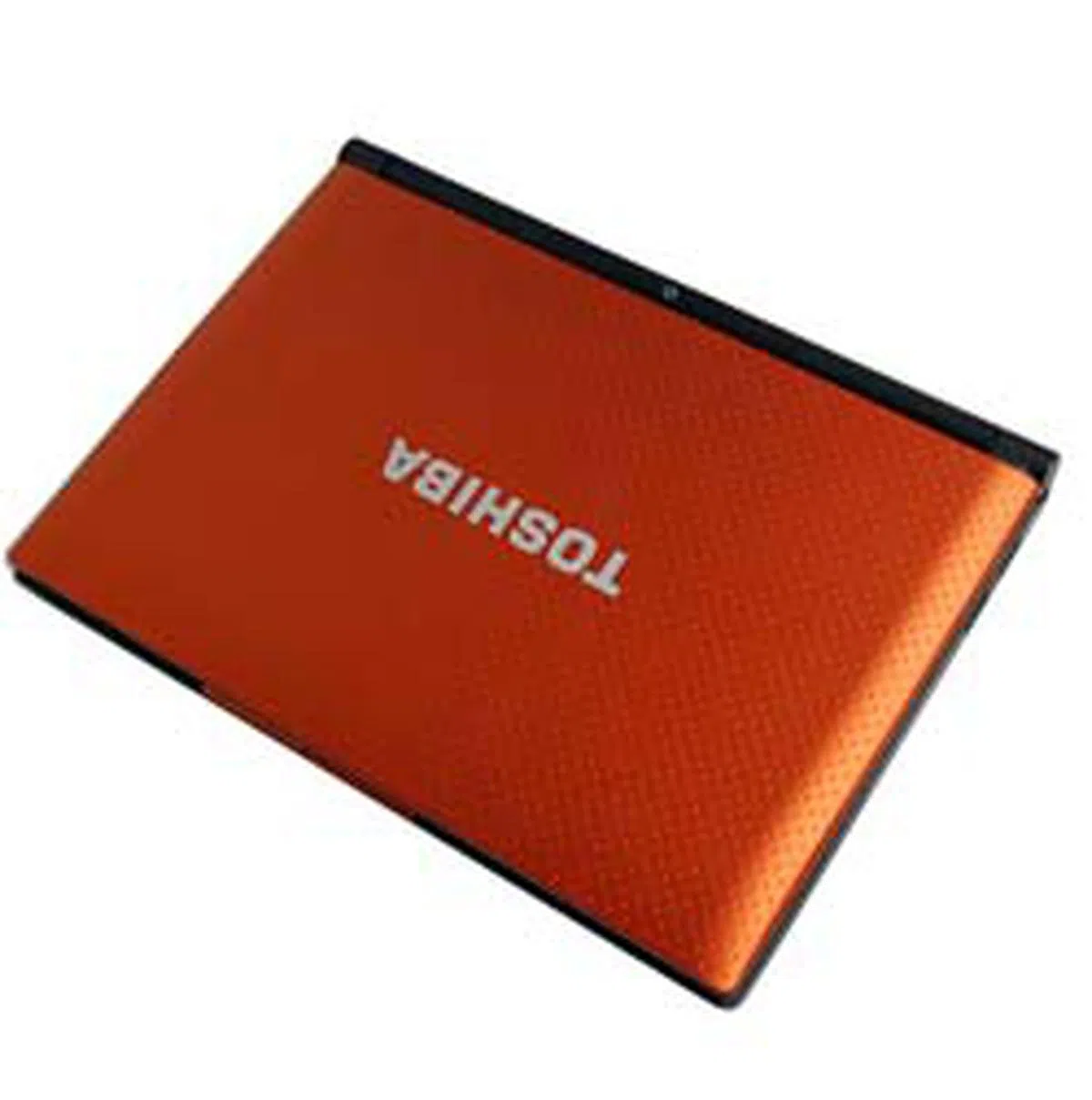Intel Atom vs AMD Brazos - Lord of the Netbooks
Netbooks equipped with Intel Atom processors have long been the market staple, but netbooks equipped with the AMD Brazos platform are here to win you over with their powerful yet power efficient performance. We test a pair of Toshiba's newest netbooks outfitted with the latest dual-core variant on each platform.
Lord of the Netbooks: Intel vs AMD
Intel's dominance in the netbook category has been established for quite a while now and it's no secret they helped to create the category in the first place with their Intel Atom platform. These power efficient x86 architecture based chips helped make 10-inch and smaller devices possible to have a battery life of four hours or more of intensive usage. These chips came in various configurations and TDP (Thermal Design Power) of sub-1W to 13W to cater to hand-held devices like MIDs or UMPCs, all the way to netbooks and nettops.
These Intel Atom chips where moving towards a System-on-Chip (SOC) design, combining the memory controller and GPU together with the 45nm CPU die. This gives the platform better power efficiency as Intel has not just squeezed in more processing blocks, but also added tighter power management controls across different functional units on the processor. This meant netbooks can continue to enjoy longer battery life (or the same amount with a smaller, lighter battery). So far, the Atom platform for netbooks and nettops has proven irresistible to manufacturers as it was the only viable platform, especially when compared against AMD's Congo (which was more for thin and light notebooks, though manufacturers did try squeezing them into netbook sizes).
AMD is now back in the game however, and their looks more than capable of dethroning Intel's Atom in the netbook category. It features a 40nm processor and comes with a more powerful on-die GPU with DirectX11 support. It is supposedly more power efficient too, but we'll find out if this is true over in the next few pages.
How we're going to do that is quite a simple matter really. Toshiba has two 10-inch netbooks of similar make, their NB500 series, and these netbooks come in both Intel and AMD flavors. The Toshiba NB520 uses Intel's latest dual-core Atom N550 (1.5GHz), while the Toshiba NB550D uses AMD's dual-core Ontario C-50 processor (1.0GHz), clocked slower, but with a more robust AMD Radeon HD 6250 graphics unit supporting the DX11 standard (so more advanced games and applications would benefit). For details of their specifications, here's a .

Similar on the outside, but very different on the insides. The AMD machine is on the left (Toshiba NB550D), while the Intel version is on the right (Toshiba NB520).
Pretty Toshibas
Before we delve into the benchmarks, let's take a quick look at the Toshiba netbooks. The unit sports pretty standard connectivity options like USB ports, video-out and audio jacks. The design is bright, eye catching, and we quite like the funky colors of both netbooks. The plastic exterior is also non glossy, which means no ugly fingerprints marring the surface.

There are two USB 2.0 ports located on the right side.

On the left side, you'll find the LAN port, a VGA output, another USB port and the audio jacks. Note too, the slim profile of the netbook. Also, the AMD version has a HDMI port instead of a VGA-out port.
Flipping open the top cover, the same exterior design elements continue within. While space is tight on a netbook, Toshiba has managed to squeeze in a decently sized keyboard and the addition of two Harman Kardon speakers. With the netbooks having such a slim frame, we're wondering if the output from the speakers would feel flaky and weak. Happily, this was not the case in our extended trials. Audio output sounded pretty impressive from such a (relatively) small device.

Here she is with the notebook opened up. Notice the keyboard has been designed to maximize the given width of the device.

We found typing on the keyboard to be quite satisfactory. Toshiba has done a great job in maximizing the size of the keys, and viewed from this angle, it looks like the keys are about to spill over at the sides.

The audio performance from a 10-inch netbook was surprising, as you normally don't expect audio volume and quality from a device of this size.
Benchmarking and Performance
Well, we already know who we are pitting against each other, but let us throw in an extra bonus in the form of . This should give us a good indication of just how far the new Brazos platform has come. To round things up, we've also thrown in an NVIDIA Ion based nettop, .
Specifications/Notebook | Toshiba NB520 | Toshiba NB550D | Acer Ferrari One | ASRock Nettop ION330-BD |
Processor | Intel Dual Core Atom N550 (1.5GHz) with 1MBL2 cache | AMD Dual Core C-50 (1.0GHz) with 1MBL2 cache | AMD Athlon X2 L310 (1.2GHz) with 1MB L2 cache | Intel Atom 330 (1.6GHz, dual-core) with 1MB L2 cache |
Chipset | Intel NM10 | AMD A50M FCH | AMD 780G | NVIDIA ION |
Memory | 1GBDDR3 | 1GB DDR3 | 4GB DDR2 | 2GB DDR2 |
HDD | 1 x 250GB SATA - 5400RPM | 1 x 250GB SATA - 5400RPM | 1 x 500GB SATA - 5400RPM | 1 x 500GB SATA - 5400RPM |
Video | Intel GMA 3150
(integrated graphics) | AMDRadeon HD 6250 (integrated graphics) | ATI Mobility Radeon HD 3200 | NVIDIA Ion
(integrated graphics with 256MB frame buffer) |
PCMark Vantage
The PCMark Vantage benchmark shows that despite the lower clock speed of the AMD netbook, the overall scores are very close, with the Intel machine just slightly inching out the AMD netbook. While that's just the overall score, when focusing on specific test suites, the AMD machine does better in the memory and gaming section, while losing out to the Intel netbook in the productivity and storage performance segments - mainly because the latter tests are more focussed on the CPU throughput, but the differences don't really matter much as seen from the overall results.
As for the Acer Ferarri using the older AMD Congo platform, since the platform's made more for the ultra-portable / thin and light notebook form factor, CPU performance is likely to be stronger, and the overall scores as well as other test suites reflect this. The NVIDIA Ion ASRock nettop does beat the Brazos platform by a small margin, but with all the machines posting entry-level scores, you would be hard pressed to notice any difference in performance - especially since it's still running off an Atom CPU.
Futuremark 3DMark06
We fired up the popular 3DMark06 synthetic gaming benchmark and it's no surprise to find that Intel's Atom platform performed the worst with a paltry score of a measly 150 3DMarks. The AMD Brazos netbook scores close to 12 times better at 1792 3DMarks, and also beats the older Congo-based Acer Ferrari and the ASRock Ion nettop. Although the NVIDIA solution came pretty close, with scores this close, it may be hard to notice the performance difference. However, from a technological perspective, the AMD Brazos is generally a superior implementation since it achieved this via its built-in GPU, rather than the NVIDIA Ion platform that is still an external solution to complement the Intel Atom processor. The overall platform efficiency, thermals and footprint required tilt to the favor of the AMD Brazos.

Battery Performance and Portability Index

Both netbooks use the same battery, a 6-cell Li-ion with a capacity of 10.8V, and about ~4400mAh.
Here's where it gets interesting. Based on what we understand, the Brazos platform is supposedly capable of matching the Intel Atom in terms of power consumption and our battery performance results (based off a looping movie trailer clip) show that the AMD netbook lasted as long or better than the Intel netbook. Since both netbooks use the same battery type, power consumption figures also show that that the AMD netbook has roughly equal power usage compared to the Intel Atom netbook. Not bad at all considering how much better performance you can get while maintaining the same level of battery life.


Portability Index
Netbooks are known for their outstanding portability, so our Portability Index graph attempts to give a numerical figure to the question of "just how portable this device is". This figure is obtained by simply diving the notebook's battery uptime by the product of its weight and volume. This results in a ratio, and the higher it is, the more portable a notebook is. Of course, this ratio is only effective for comparing with other products of a similar category and bearing in mind of the three aspects that contribute to this figure. Generally, we use the resulting ratio as a guide and from what we notice, both netbooks are pretty darn portable.
Bearing this in mind, the Toshiba NB550D based on the AMD Brazos platform is the ultimate winner of its category as it boasts the highest performance (as seen on the previous page) where typical netbooks perform no better than the Toshiba NB520 (Intel Atom platform), while still managing an good portability ratio thanks to its good battery life and form factor in this segment. Less optimal netbooks have garnered a portability index of close to 1.0, where as the best ones have made it as high as 2.2. Both Toshiba netbooks managed to reach the higher-end of the ranks which is definitely good news.

And the Winner is...
Right now, AMD's Brazos platform is in fine form, and we don't expect Intel to have anything matching the performance of the Ontorio C-50 chips for awhile. There's a new Intel Atom platform due in September 2011, but that's still a long way to go. With modern browsers like Internet Explorer 9, Chrome and Firefox 4.0 featuring hardware acceleration via the GPU, the Brazos platform looks set to make surfing the Internet on a netbook a much smoother experience.
There's also the option to go with an Intel and NVIDIA Ion combo, but the AMD solution still provides a better all-round option in terms of better integration, design/power efficiency and platform footprint. The more powerful AMD Zacate processors have also shown that they can beat the Ion setup (which in our test scenario was a nettop). So overall, the Brazos platform actually looks very appealing for those looking for a netbook/nettop to use. Despite the upper-end scale of these low powered dual-core processors, they are still designed for the netbook/nettop segment and thus, respective buyers should keep their performance expectations in check.
Intel Atom D550 dual-core
(Pineview CPU
on Pine Trail-M platform) |  |
AMD C-50 dual-core
(Ontario APU
on Brazos platform) |
Toshiba's Babies
Toshiba's latest netbooks have matured much since their first incarnation. We still remember how the first generation models looked, and we're glad that Toshiba has come a long way for their fifth generation of netbooks. The design is gorgeous, the Harman Kardon speakers are amazing for the netbook's size and the overall build feels pretty solid. If you're hankering for a good little netbook, we suggest gunning straight for the Toshiba NB550D (AMD Brazos version). You're not losing anything on battery life, and gaining a huge boost in performance while paying less. Of course, when other OEMs start using AMD's Brazos in their netbooks, we'll see similar performance results, hence we're rating the performance aspect more cautiously with regards to the expected performance for the platform.
That said, the Toshiba NB550D is pretty much one of the better implementations of the netbook premise that we've seen in ages, so it's a no brainer to award it our Editor's Choice. Sure, the Intel version has similar features too, but this is where the AMD platform has an advantage with its better graphics and HDMI port. The Intel version feels lackluster comparatively despite having almost similar features. While performing on par with specs of other similar machines, it just doesn't make the cut any more, especially when the NB550D (AMD Brazos) has better to offer for less. That's a tough combo to beat.
Model | Design
| Features | Performance | Value | Mobility
| Overall | Estimated Retail Price |
Toshiba NB550D
(AMD Brazos) | 9.0 | 8.5 | 8.0 | 8.5 | 8.5 | 8.5 | $499 |
Toshiba NB520
(Intel Atom) | 9.0 | 8.0 | 7.5 | 6.0 | 8.0 | 7.5 | $569 |
 |
|
 |  |
Our articles may contain affiliate links. If you buy through these links, we may earn a small commission.